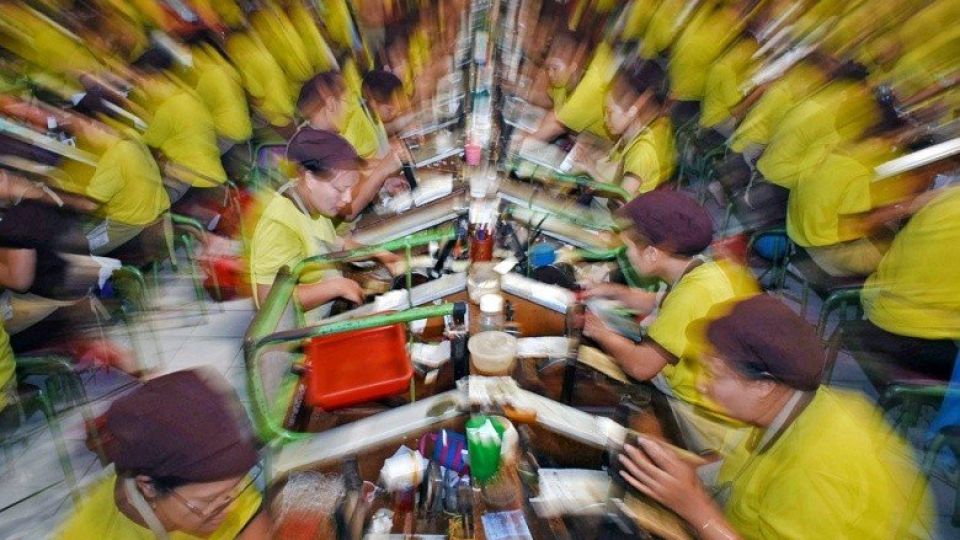December 20, 2022
JAKARTA – Indonesia is one of the countries with the largest cigarette market in the world. According to the Southeast Asia Tobacco Control Alliance (SEATCA) report, Indonesia is the third country after China and India with the highest number of smokers in the world.
Indonesia once had the title of a “baby-smoker’s country” because of the high prevalence of smoking among children. For this reason, the government is targeting to reduce the prevalence of smoking, especially among the ages of 10-18, by 8.7 percent in 2024.
The government decided this month to raise the excise rates for tobacco products for two years, namely 2023 and 2024. This is intended to simplify the process of formulating tobacco excise policies every year and provide certainty for cigarette industry players.
The government set the average 10 percent increase for machine-rolled kretek or clove-blended cigarette (SKM) class 1 and 2, which will increase on average between 11.5-11.75 percent; machine-rolled white cigarette (SPM) class 1 and 2, which will climb by 11-12 percent; and for excise rates for hand-rolled cigarettes (SKT) the maximum increase is at only 5 percent in a bid to maintain the sustainability of the workforce.
One of the objectives of the excise increase is to discourage consumption, but past experiences showed that higher excise taxes have been less effective in significantly cutting down consumption in view of the inelastic demand for cigarettes caused by the addictive nature of the product. Past surveys indicate that every 1 percent rise in cigarette prices reduced demand by only 0.53 percent.
Higher prices would prompt smokers to shift to lower-quality cigarettes with higher nicotine and carbon monoxide content, which usually have lower prices.
The effectiveness of excise policy in controlling cigarette consumption is highly dependent on the effect of excise on retail prices. This is largely determined by the extent to which producers impose the higher levy on consumers, which is reflected in the tax burden, namely the portion of the tax on the retail selling price (HJE).
The government sets the HJE based on requests from cigarette companies which set consistent prices for their products across retailers in different regions. The HJE calculation includes production and distribution costs, wholesale and retail profits, as well as levies. The HJE applies nationally, so there is no difference in the recommended price for a cigarette brand throughout Indonesia in a certain period.
However, in a market mechanism, the final price that must be paid by consumers (Market Transaction Price/HTP) is not always the same as the HJE. This price difference is a form of strategy carried out by cigarette companies in order to gain market share and maximize profits.
In theory, an increase in cigarette excise tax would increase the tax burden and would force producers to pass taxes on to consumers in the form of higher market prices. However, if producers want to maintain the market share for certain brands of cigarettes, they will absorb some of the tax burden. It means that the increase in retail prices is less than the increase in taxes.
In fact, there are at least three ways that are often used by tobacco companies in maintaining the affordability of cigarette prices. First, the under-shifting strategy where the increase in cigarette prices is not as big as the increase in excise rates. This strategy is used by almost all companies.
Second, because Indonesia implements a multitiered excise tax system, it is possible for cigarette companies to play on different playing fields. Third, the geographical pricing strategy in the form of cross-subsidy by tobacco companies. Cross-subsidy is defined as a company’s strategy by selling its products in areas around factories at prices far above production and distribution costs.
This price difference is used to subsidize the distribution costs of products sold in areas far from factories. So, the price difference between marketing areas is not too big.
Currently there are more challenges facing the cigarette industry, so there is also a possibility that the industry will raise prices close to the profit maximizing level in the short term. Furthermore, because tobacco companies have brands at various price levels, they can keep the prices of some brands low to attract new smokers. Companies maintain prices on high-end brands to maintain profits.
Finally, an increase in excise duty will continue to trigger a large gap in the affordability of cigarette prices for the public and erode the inelasticity of demand for cigarettes. This is useful in controlling cigarette consumption in Indonesia, especially for child smokers.
It is indeed a difficult decision for the government to increase cigarette excise rates. However, as long as the decision has taken into account the various objectives of excise tax increase, consumption control, labor sustainability, state revenues and control of illegal cigarettes, an increase in excise duty should be acceptable.
The community’s task now is to oversee that the Tobacco Excise Revenue Sharing Fund (DBHCHT) can be used as effectively as possible in the areas of public welfare, health and law enforcement.
***
The writer is a fiscal policy analyst at the Center for State Revenue Policy, Fiscal Policy Agency, Finance Ministry. The views expressed are his own.


